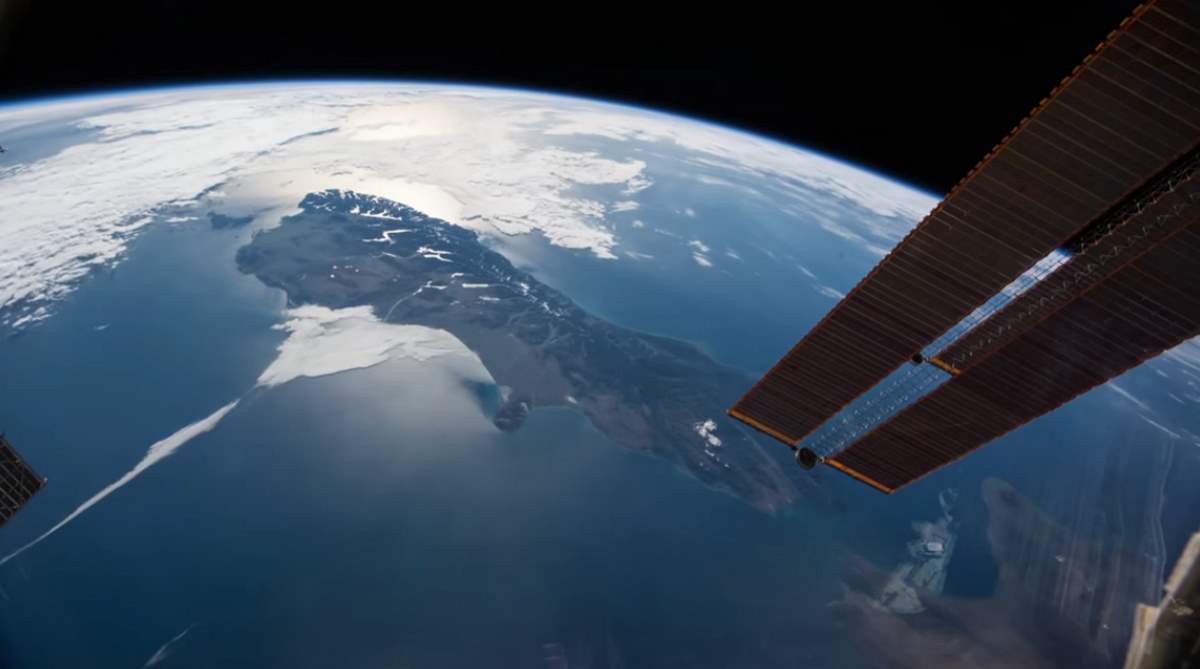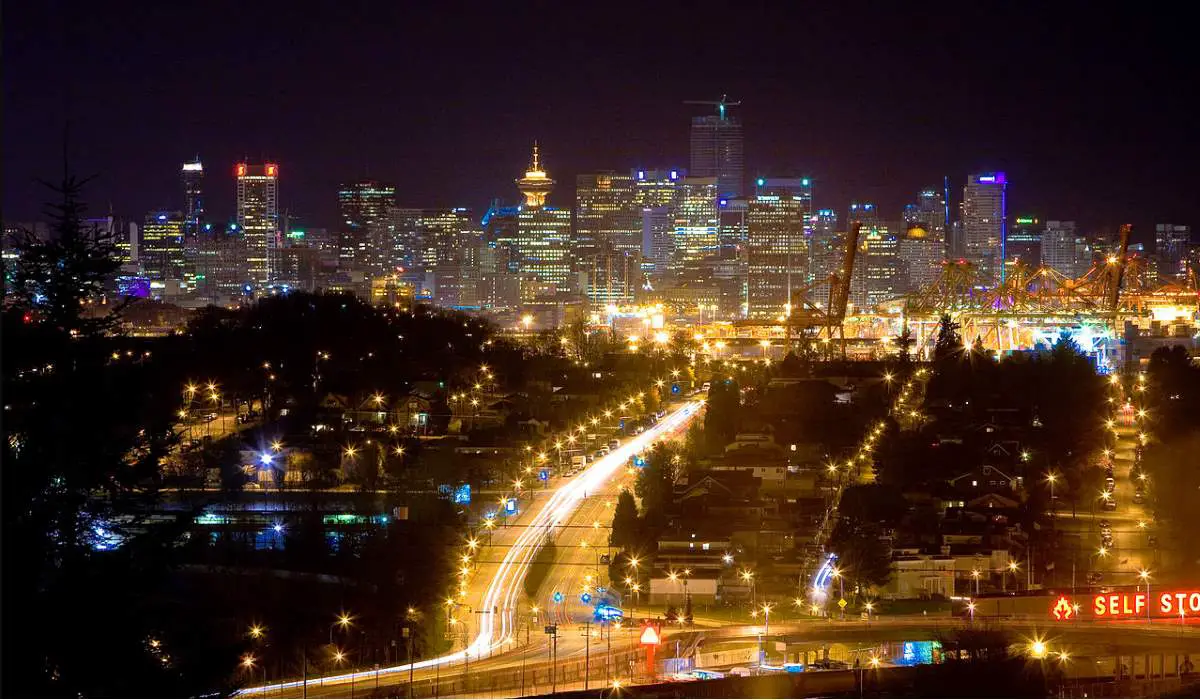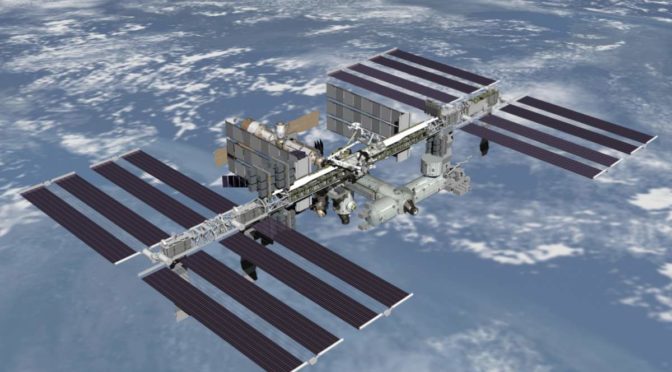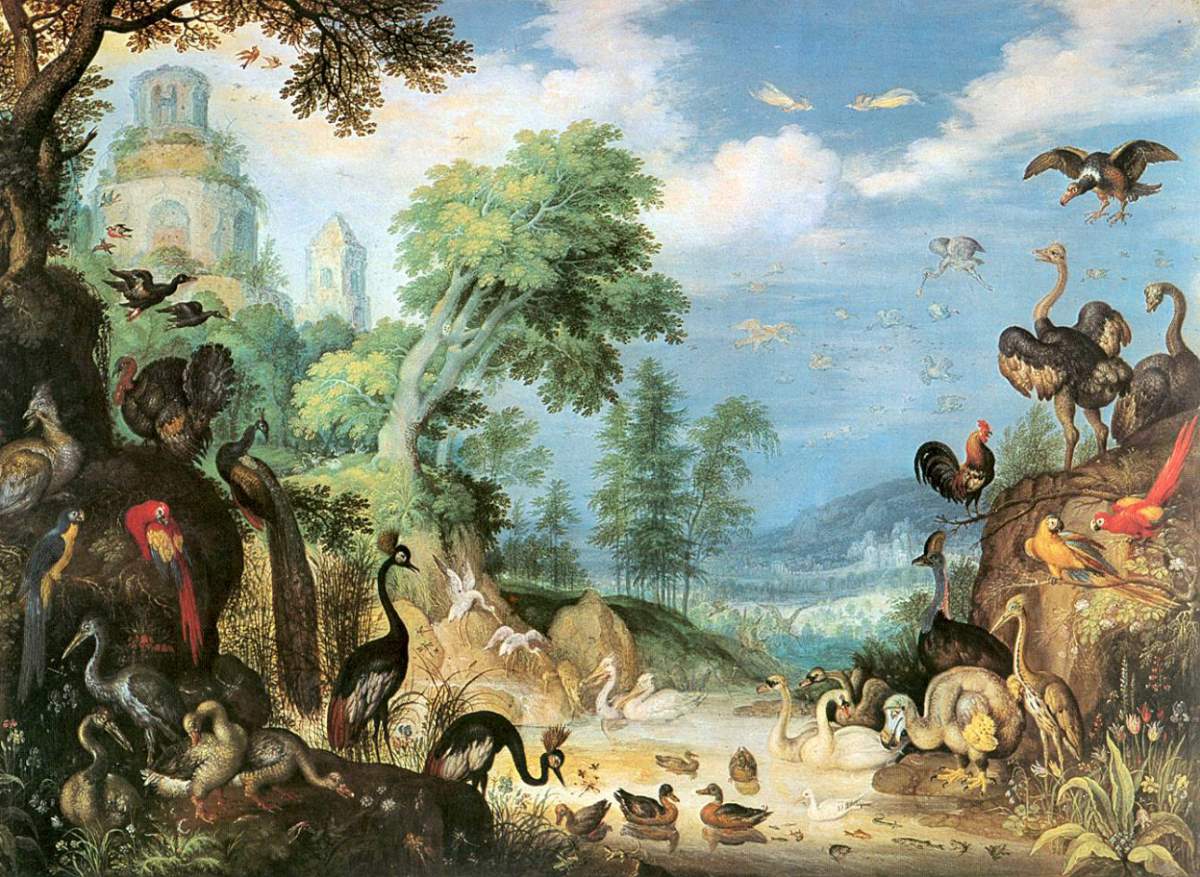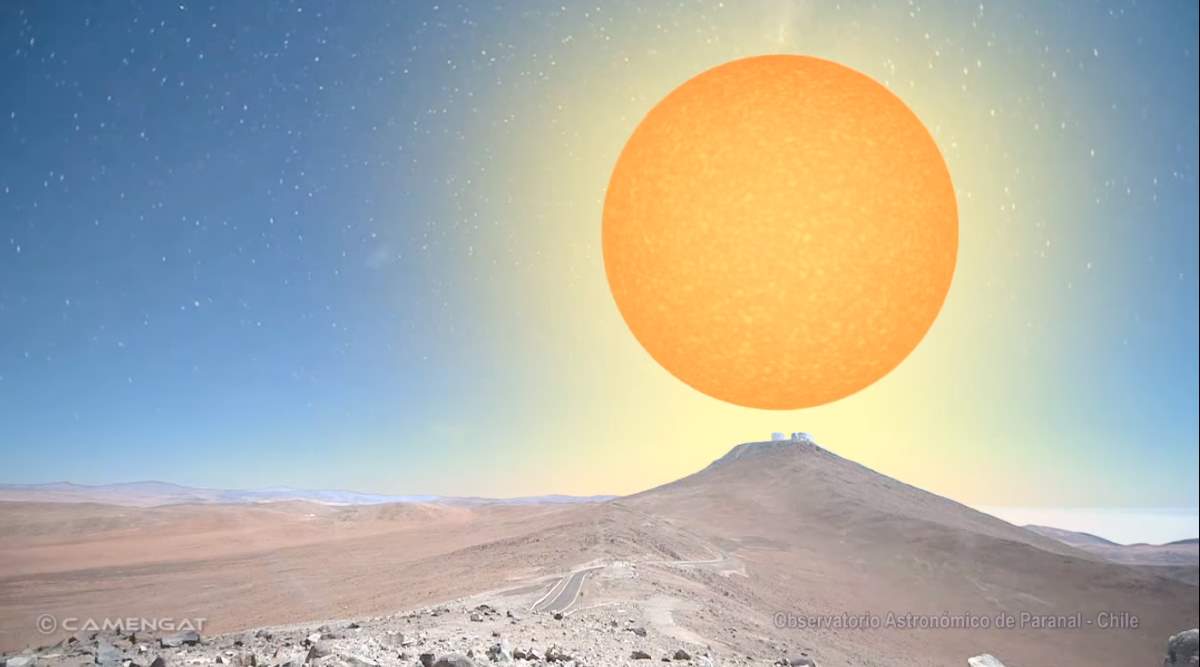The Sun is the primary source of energy for Earth’s climate system, and life on Earth. With a diameter of about 1.39 million kilometers (864,337 miles, i.e. 109 times that of Earth), and a mass of about 1.9885×1030 kg (330,000 times that of Earth, accounting for about 99.86% of the total mass of the Solar System), it may be the biggest thing in this neighborhood, but it is actually just a medium-sized star among the hundreds of billions of stars in the Milky Way galaxy.
In the video published by the CAMENGAT creative astronomy below, you can see some dwarf stars and other giants compared to the Sun at the edge of its sphere: at 150 million kilometers (1 AU, see notes 1) with a 50 mm objective. The stars are the Sun, Alpha Centauri A, Sirius, Vega, Pollux, Arcturus, Aldebaran, Rigel, Antares, and Betelgeuse. The scenario: Astronomical Observatory of Paranal, Chile.

